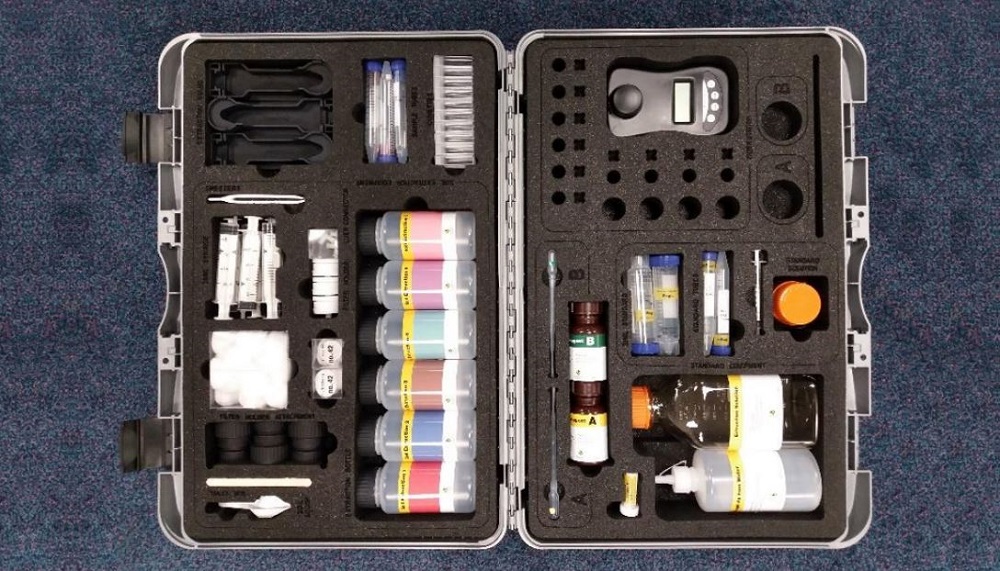Easy-Peasy: rapid soil phosphate test closer to market
Thursday, 26 May 2022
It may soon be possible to determine soil phosphate status relatively quickly – without leaving the field. Find out about a low-cost, rapid nutrient test under development at Rothamsted Research.
Determination of available phosphorus (P) concentrations often involves paying laboratories to analyse soil samples – using a standard (Olsen) method.
It can take several days for information to be returned, so a rapid (and cheaper) way to check a field’s nutrient status would be welcomed by many farmers and agronomists.
The need for such tests is increasing too. For example, soil analyses are now required every 3–5 years in England under the Farming Rules for Water.
With a prototype test kit already in hand, the researchers recruited a team of a dozen applied minds (advisors, researchers, and environmental protection officers) to trial the approach and suggest how it could be improved.
In total, 82 soil samples (from numerous soil types) were taken by the project’s participants and used to compare the performance of the test kit against the standard laboratory method.
Most of the samples (56/82) were associated with Olsen P indices at index 3 or above.
For cereals, the AHDB Nutrient Management Guide (RB209) recommends that no fertiliser or manure P is applied to soils at index 3 or above.
The results reinforce the importance of conducting soil P assessments at regular intervals – so nutrients are only ever applied in response to crop needs.
Most participants were already aware of the location of high P soils in their fields. During this research, high P soil results from the test kit frequently tallied with the expectations of the testers.
Accurate measurement of Olsen P, even when carried out in a laboratory, is notorious for being difficult. However, the relationship between the in-field kit and laboratory results was good – demonstrating the potential of the rapid approach to guide fertiliser decisions.
The group’s feedback helped the researchers identify ways to improve the kit, including:
- Clearer instructions on sampling (including suitable soil moisture content) and filtering
- Provision of extra equipment (such as pipettes and filter holders)
- Guidance on when further dilution is required to deal with high-P samples
Following refinement of the kit, the researchers intend to widen the approach to measure other soil chemical properties, such as potassium (K) and carbon (C).
This rapid research into the rapid test kit has helped to bring the product one step closer to the market.
Rothamsted Research will continue to refine the tool and discuss routes to commercialisation with partners.
Find out more about the phosphate test kit
AHDB/BBSRC net-zero partnership
This project was part of an AHDB/BBSRC partnership that aimed to support the agricultural transition to net zero.
Project costs were met through BBSRC’s Farm Sustainability Fund. The partnership supported ten projects that addressed priorities identified by farmers, including ways to cut greenhouse gas emissions and increase carbon storage.
 Rothamsted Research
Rothamsted Research
What to pack for a potential P holiday – this case holds the components of the prototype rapid soil phosphate kit.
Topics:
Sectors:
Tags:

